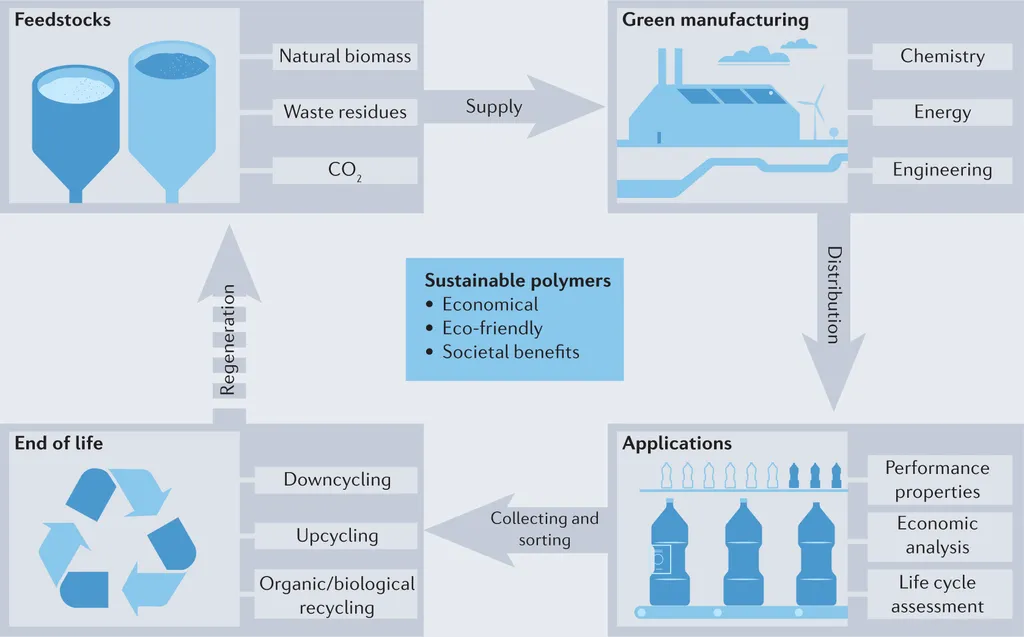In a significant stride towards sustainability, researchers have been exploring innovative alternatives to traditional gelatin-based softgel capsules, potentially reshaping the pharmaceutical and nutraceutical industries. A recent review published in the journal *Macromolecular Materials and Engineering* (translated to English as “Macromolecular Materials and Engineering”) delves into the burgeoning field of alternative shell formulations, offering a glimpse into the future of capsule manufacturing.
Francisco Javier Palomero-Hernández, a lead author affiliated with Berlimed S.A. in Alcalá de Henares, Spain, highlights the growing importance of alternative polymers in the production of softgel capsules. “The use of new alternative materials such as alginate, pullulan, cellulose and its derivatives, PVA, chitosan, gellan gum, and agar have been explored and are becoming more important,” Palomero-Hernández notes. These materials not only address compatibility, manufacture, stability, and drug release control but also pave the way for more sustainable and cost-effective solutions.
Traditionally, gelatin has been the go-to gelling agent for softgel production. However, the market has seen a progressive shift towards alternative polymers like starch, carrageenan, and pectin. These alternatives, used alone or in combination with other gelling agents, significantly influence the production process and the properties of the shell cover material. “Their market inclusion has not only led to improvements in terms of compatibility, manufacture, stability, drug release control, cost, and sustainability but also enabled extending the softgel portfolio offering to consumers with friendlier products of vegetal origin,” Palomero-Hernández explains.
The review provides an updated overview of these alternative options, evaluating their impact on the shell material’s behavior during production and stability. This comprehensive analysis is crucial for selecting the best gelling agent, alone or in combination, tailored to specific product requirements during the design and development phase.
The implications for the pharmaceutical and nutraceutical industries are profound. As consumer demand for sustainable and plant-based products continues to rise, the adoption of these alternative materials could revolutionize the market. “This change has enabled extending the softgel portfolio offering to consumers with friendlier products of vegetal origin,” Palomero-Hernández emphasizes.
The research underscores the potential for these alternative materials to enhance product performance while reducing environmental impact. As the industry continues to evolve, the insights from this review could guide manufacturers in making informed decisions, ultimately benefiting both the market and the environment.
In the broader context, this shift towards sustainable materials aligns with global efforts to reduce reliance on animal-derived products and minimize environmental footprints. The findings from this review could inspire further innovation in the field, driving the development of even more advanced and eco-friendly formulations.
As the industry stands on the cusp of a green revolution, the work of Palomero-Hernández and his colleagues offers a roadmap for the future of softgel production. With sustainability at the forefront, the pharmaceutical and nutraceutical sectors are poised to embrace a new era of innovation and environmental responsibility.

